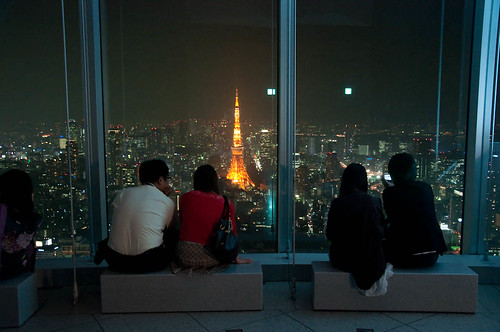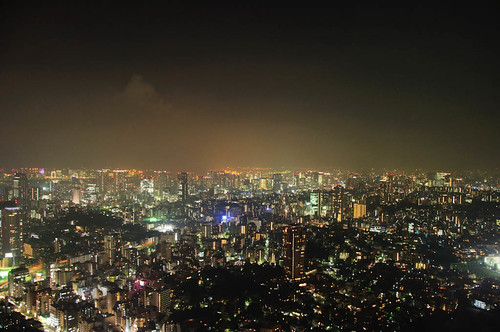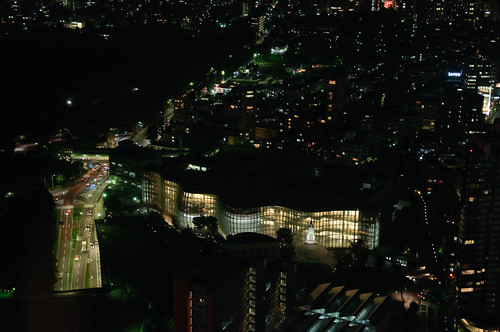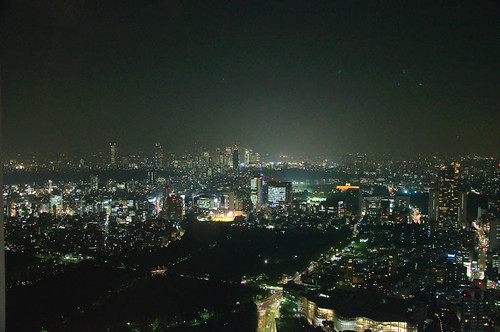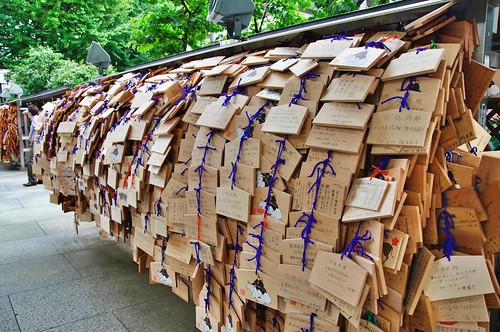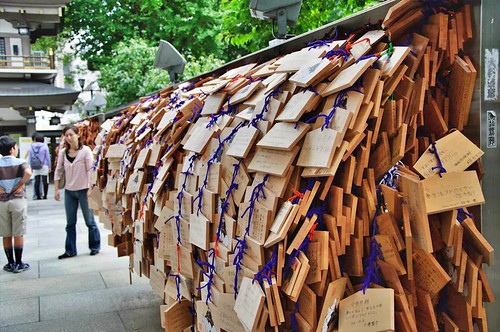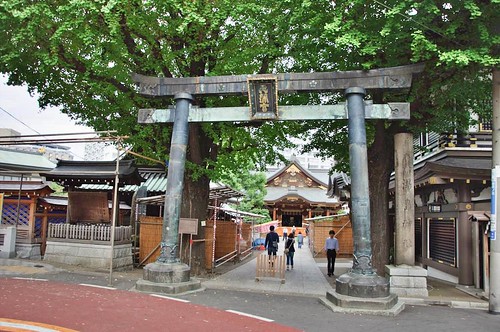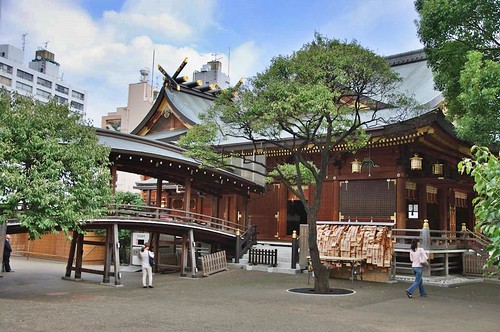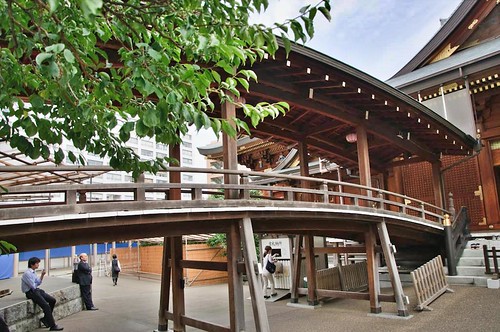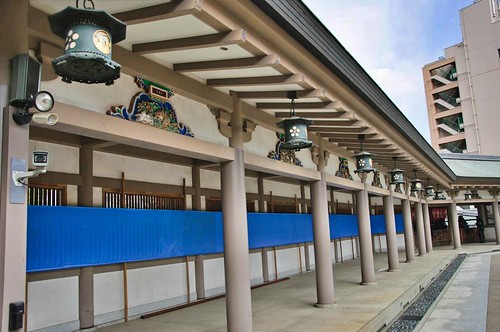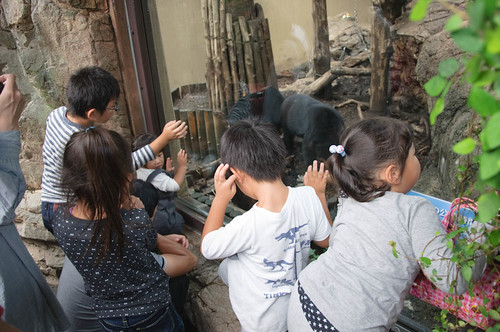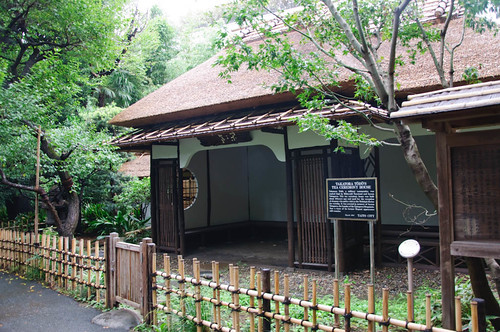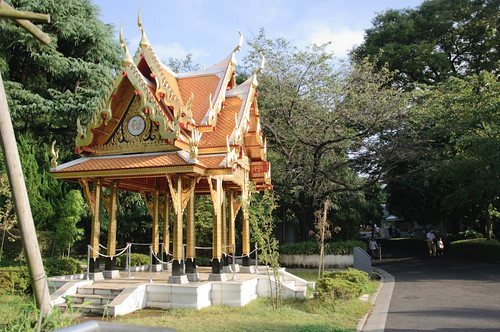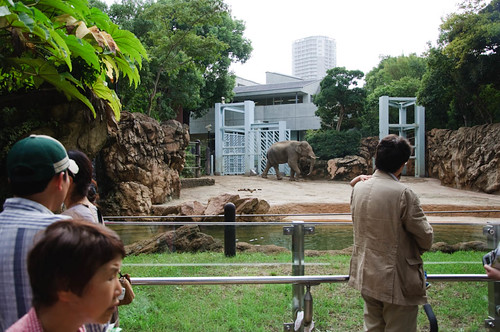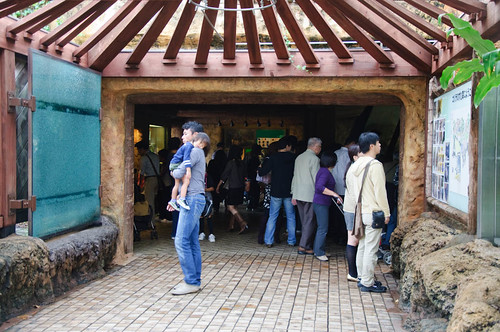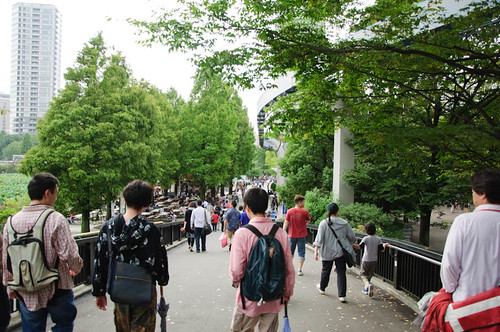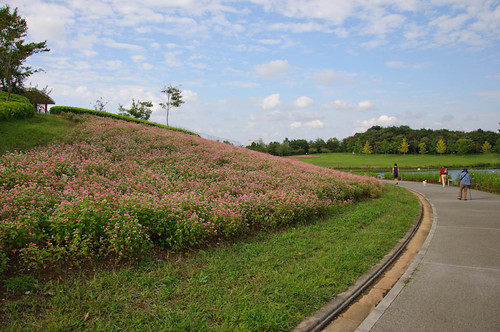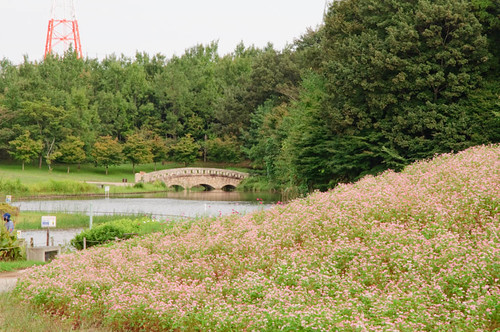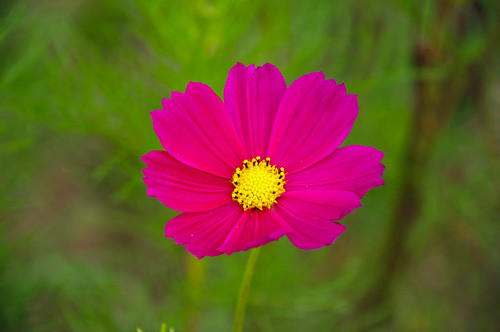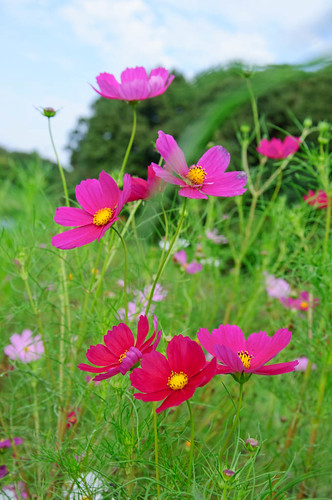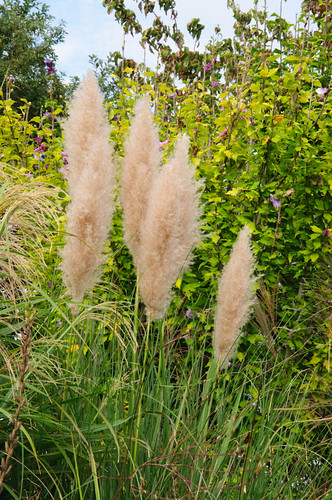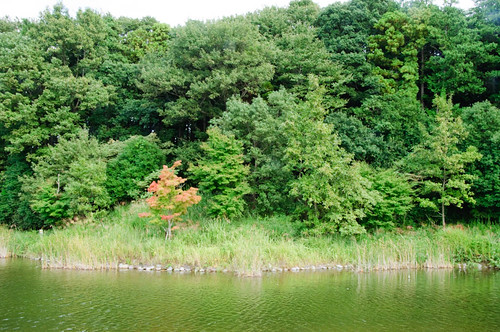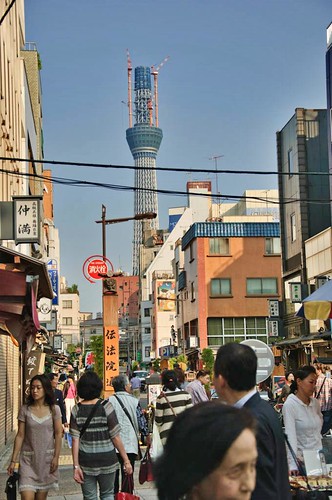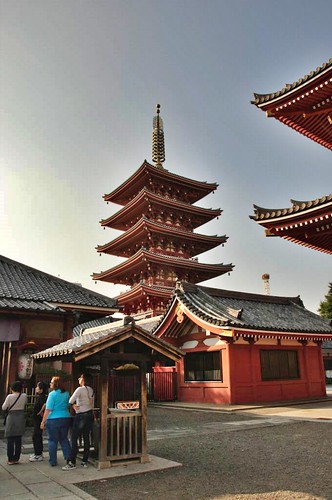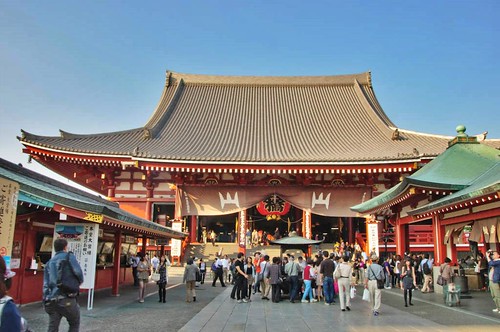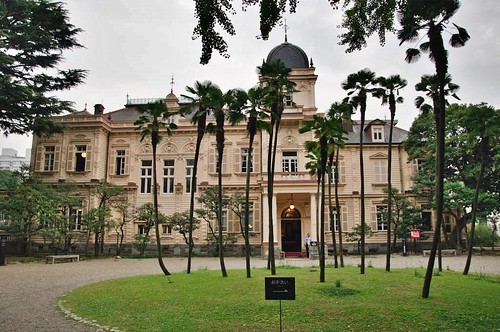
A full-fledged European style mansion, a Japanese-style building and a Swiss chalet-style building, these are the three remaining buildings, from more than 20 that formed the Kyu Iwasaki tei residence. The complex is now the Kyu Iwasaki tei gardens in Taito ward. The gardens despite its size and being a short walk from Ueno park, it’s difficult to find as is hidden on the backstreets between Yushima teijin, Ueno park and University of Tokyo.

The residence, designed by the “father of modern Japanese architecture” Josiah Conder, as the main residence of the Iwasaki family, founder of the Mitsubishi group. The three buildings have been designed as a important cultural property by the city of Tokyo. Unfortunately, photography is not allowed inside the buildings

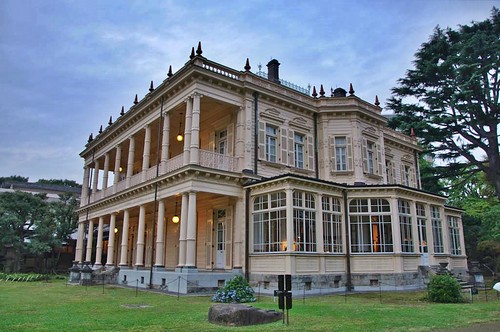
The western style mansion, a two stories wood building is the most outstanding of the three buildings, designed in the English’s Jacobean style of the 17th century and with Islamic motifs. There is a display of photos and documents of the Mitsubishi group founder Yataro Iwasaki and Ryoma Sakamoto as both formed part of the company Kanentai, previously Kameyamashachu, the first Japanese Corporation. Iwasaki founded the Mitsubishi Corporation, when the company was dissolved.


The Japanese-style building, build by Kijuro Ookawa, is connected to the European style building, with sliding door paintings done by Gaho Hashimoto.
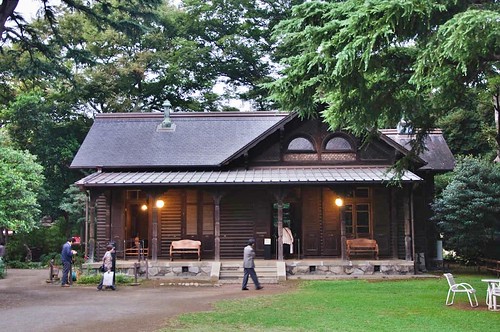
The third building, the billiard room, is a wood building designed as a Swiss chalet, similar to a mountain log house, and is not connected to the other two buildings. Entrance is not allowed but the interiors can be appreciated from the open doors.
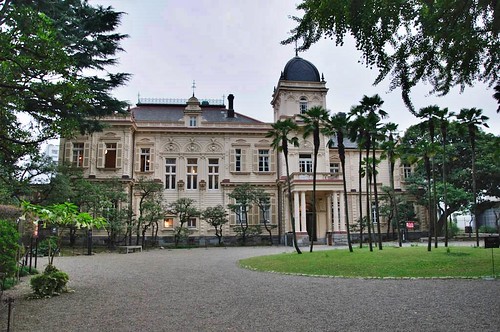
The grounds provide a snapshot not only of the era, but on one of the most important families in Japan.
Español

